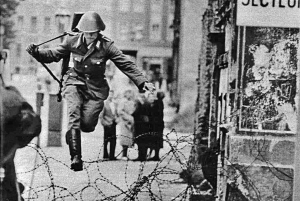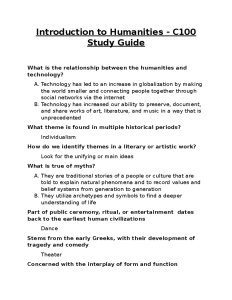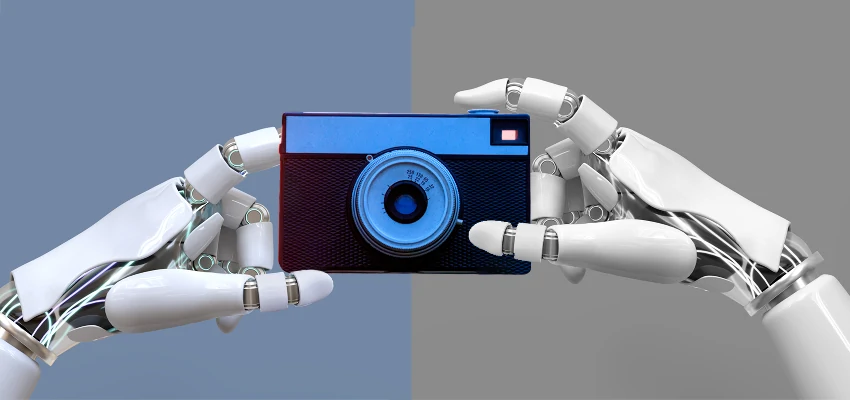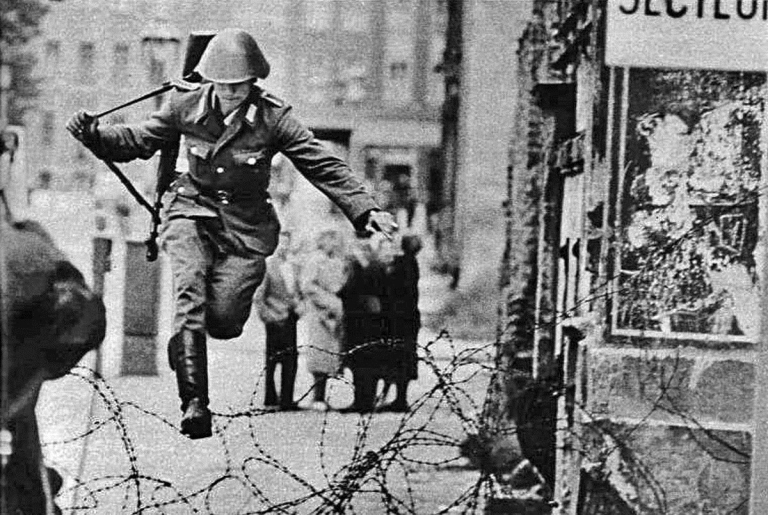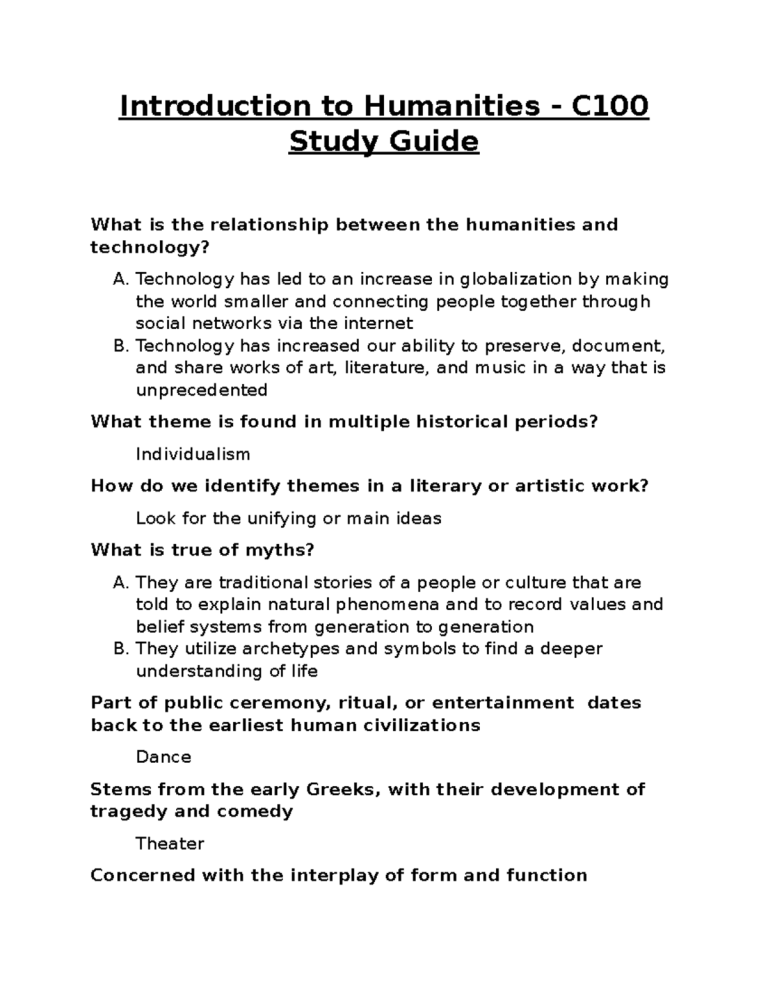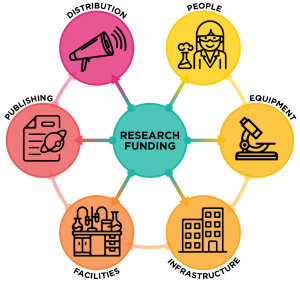AI in photojournalism is rapidly transforming how we perceive and document visual stories, igniting both excitement and concern among professionals. As advancements in photography technology evolve, the very essence of capturing real moments is at a crossroads, facing challenges such as copyright dilemmas and the rise of synthetic images. Emmy award-winning visual storyteller Kira Pollack emphasizes that the same technology posing threats could also serve as a lifeline to preservation and authenticity in the world of photojournalism. Her work aims to harness AI’s potential in preserving photo archives, ensuring that the intricate narratives of pivotal events are not lost to time. By exploring the impact of AI on photography, Pollack seeks to merge innovation with the fundamental values of journalism, prioritizing truth and memory in a time of digital transformation.
The integration of artificial intelligence into the realm of photography creates a fascinating dialogue about the future of visual storytelling. With the potential to revolutionize archiving processes and enhance the accessibility of historical images, technologies in this field promise to invigorate how we document and interpret significant moments. Kira Pollack’s initiatives reflect a proactive approach to maintaining the integrity of photojournalism while utilizing emerging technology to address pressing concerns in image authenticity and copyright. By investigating the intersection of AI and photojournalism, we can uncover new methods for preserving the valuable contributions of photojournalists while navigating the complexities posed by modern advancements. Understanding the implications of such innovations will be crucial as we forge ahead in a landscape where realism and technology must coexist.
The Role of AI in Preserving Photo Archives
In an age where digital technology can make or break industries, artificial intelligence has emerged as a double-edged sword in the realm of photojournalism. Kira Pollack, a prominent figure in the industry, highlights that while AI presents significant challenges, particularly regarding authenticity and copyright, it also offers transformative potential for preserving rich photo archives. By deploying AI tools, photojournalists can safeguard their extensive body of work, ensuring that the visual narratives of our times are not lost to the sands of time. The aim is to create comprehensive repositories of images that reflect genuine historical moments, ultimately honoring the integrity and truth that journalism seeks to uphold.
Utilizing advanced AI technology can streamline the archival process through improved cataloging and organization. For instance, AI can analyze vast collections of photographs, identifying key elements within images, such as context, subjects, and emotions, which would otherwise require intensive manual labor. Pollack’s collaboration with other professionals, like photojournalist Christopher Morris, exemplifies this effort. They are conducting detailed studies to evaluate how AI can uncover layers of meaning within historical imagery, thereby preserving not just the photographs but the stories they tell. This method not only aids in the safeguarding of archives but also enhances their accessibility, allowing future generations to engage with these vital historical records.
Challenges and Opportunities in AI-Driven Photojournalism
While AI provides innovative solutions for archiving and analyzing images, it simultaneously raises concerns about the erosion of trust in visual storytelling. The emergence of generative AI that can produce photorealistic images without a camera has led to significant apprehensions regarding the authenticity of photographs. With the rampant spread of misleading visuals on social media, the boundaries of truth in photojournalism have become increasingly blurred. Pollack’s work at the Shorenstein Center aims to address this crisis by harnessing AI not for image generation but for responsible preservation and contextualization of existing photographs, fostering an environment where visual truth can prevail against disinformation.
Moreover, the ethical implications surrounding the use of AI in photojournalism cannot be overlooked. Issues of copyright and authorship come to the forefront when considering how AI models are trained on existing images, often without the consent of the original creators. Pollack’s proactive approach seeks to develop frameworks that respect photographers’ rights while utilizing AI’s capabilities to enhance the accessibility and understanding of photo archives. By establishing clear guidelines for the ethical use of AI, Pollack envisions a future where technology serves as an ally to photojournalism, preserving the legacy of photographers and advancing the field’s core values.
Kira Pollack’s Vision for the Future of Photojournalism
With a transformative vision for how photography and AI can coexist, Kira Pollack stands at the forefront of a crucial conversation about the future of photojournalism. As she embarks on her fellowship research, her objective is not merely to analyze the evolving technology but to engage with critical conversations across various disciplines. Collaboration with technologists, ethicists, and policymakers is vital as these discussions are essential in steering the principles that will govern the interaction between AI and the field of photography. Pollack advocates for a future where photojournalism adapts to technological advancements while unwaveringly upholding the ideals of truth, authorship, and memory.
Pollack’s aspirations extend beyond academic inquiry; she seeks to empower the photojournalism community to navigate emerging technologies effectively. Her goal is to equip fellow journalists and photographers with the knowledge to not only adapt to change but actively shape it in a manner that aligns with the foundational values of the profession. By fostering dialogues around the intentional use of AI, she hopes to inspire confidence in the technology as a tool for enhancement rather than replacement, ensuring that the integrity of photojournalism remains intact in this rapidly evolving landscape.
AI and Photojournalism: Bridging the Gap Between Technology and Truth
The intersection of AI and photojournalism symbolizes both innovation and anxiety in a rapidly changing world. As Kira Pollack articulates in her fellowship work, understanding this relationship is crucial to harnessing the benefits of technology while mitigating its risks. The impact of AI on photography extends beyond mere tools; it fundamentally shapes the narratives that are presented to the public. With AI’s ability to analyze and organize photographs with unprecedented speed and accuracy, there is an opportunity to elevate the standards of visual journalism, ensuring that the essence of storytelling is preserved amid the clutter of misinformation.
However, leveraging AI in photojournalism necessitates a scrupulous approach to ethics and transparency. Key issues such as the ownership of images used in the training of AI algorithms demand serious consideration. Pollack emphasizes the importance of creating systems that respect the rights of photographers while utilizing AI’s analytical prowess to safeguard the archival treasures that embody historical moments and truths. By actively addressing these complexities, the photojournalism community can forge a path where technology amplifies the authenticity and relevance of their visual storytelling.
The Ethical Implications of AI in Photography
As artificial intelligence permeates the field of photography, ethical implications come to the forefront of the conversation. Pollack’s research addresses potential pitfalls surrounding the unauthorized use of images, emphasizing the need for stringent copyright protections. The risk of photographers’ works being scraped and utilized for AI training without consent poses significant threats to their rights and livelihoods. It is imperative for the photojournalism community to proactively advocate for their intellectual property, ensuring that creators are credited and compensated for the unique contributions they make to visual history.
Furthermore, the relationship between AI-generated content and authenticity must be carefully examined. The potential for AI to produce hyper-realistic images raises urgent questions about trust in journalism. Pollack’s commitment to using AI as a means of preservation rather than exploitation positions her work at the critical juncture of technology and ethics. By focusing on how AI can ethically enhance the preservation and contextualization of real photojournalism, she aims to guide the industry towards a future where technological progress aligns with the foundational values of truth and integrity.
Preserving the Legacy of Photojournalism for Future Generations
The preservation of photojournalistic archives is an endeavor that serves not just the photographers but also the broader public who rely on these images to understand historical narratives. With the advent of AI, opportunities arise to digitize and categorize extensive collections of photographs, making them accessible to audiences that may not have previously engaged with them. Pollack’s work emphasizes the importance of viewing archives not as static collections but as vibrant repositories that can enlighten and educate. By leveraging technology, past visual stories can be revitalized, aiding in the understanding of complex social and political issues.
Moreover, the potential for AI to assist in the archiving process is a game-changer for organizations struggling with limited resources. Through intelligent systems capable of organizing and classifying images, the daunting task of digital archiving becomes more manageable. This is particularly crucial for lesser-known or emerging photojournalists whose work risks being overshadowed by more prominent narratives. Pollack’s initiative seeks to democratize access to these visual histories, ensuring that diverse voices and perspectives are preserved and acknowledged as essential parts of our collective memory.
Innovative Technologies in the Future of Photojournalism
Emerging technologies will undeniably shape the future of photojournalism, with AI standing out as a prominent player in this evolution. Pollack’s ongoing research seeks to explore innovative applications of AI that can enhance the craft of photography and serve the greater good of society. From improving image search capabilities to creating interactive and immersive storytelling experiences, AI has the potential to redefine how audiences consume and interact with visual content. The move towards more engaging and multifaceted presentations of photography could breathe new life into storytelling, ensuring the relevance of photojournalism in an increasingly digital era.
The challenge lies in striking a balance between harnessing technology and maintaining the core values that define journalism. As Pollack navigates this intricate landscape, her insights will illuminate potential paths for integrating AI responsibly within the photojournalism framework. She advocates for a cautious yet optimistic outlook, where innovation in technology complements the ethical practice of photography, ultimately protecting the truth while enhancing visual storytelling. As we look to the future, the integration of advanced technologies promises to usher in a new chapter for photojournalism, one that is both creative and conscientious.
AI’s Role in Crisis and Conflict Reporting
In the realm of crisis and conflict reporting, AI has the potential to revolutionize how visual stories are told and disseminated. Pollack’s collaboration with experienced photojournalists like Christopher Morris demonstrates the utility of AI in analyzing and preserving the complexities of conflict photography. By leveraging AI’s analytical capabilities, photojournalists can gain deeper insights into the narratives depicted within their work, effectively contextualizing images that illustrate the turmoil of war and crisis. Such advancements not only enhance the understanding of these events but also provide powerful tools for advocacy and awareness.
Moreover, utilizing AI to catalog and archive conflict-related images aids in safeguarding the visual histories that characterize significant moments in time. As Pollack emphasizes, the urgency of preserving these photographs cannot be overstated, given the transient nature of news cycles and the potential for losing crucial visual testimonies. By employing AI in a responsible manner, journalists can not only protect these valuable records but also ensure they maintain their integrity and authenticity. This dual focus on the practical applications of AI and ethical considerations positions Pollack’s work as vital in the ongoing struggle to uphold truth in photojournalism, particularly in the face of rapid technological advancements.
Future Directions for AI in the Photojournalism Industry
As the conversation around AI and photojournalism continues to evolve, it is essential for industry leaders like Kira Pollack to chart a course for the future that aligns technological capabilities with the enduring principles of journalism. Pollack’s research centers on finding innovative solutions that address the pressing challenges of preserving photo archives while enhancing the efficacy and ethics of the industry. The goal is to foster a collaborative environment where photojournalists can utilize AI tools without compromising the essence of their craft. This requires ongoing dialogue and engagement with stakeholders across various sectors to ensure that technological implementations benefit both creators and audiences.
Looking ahead, Pollack sees an interconnected future where technology enriches the storytelling experience without overshadowing the core values of photojournalism. This vision encompasses not only the preservation and accessibility of archives but also employs AI in creative and responsible ways that elevate new narratives. By embracing these changes, the photojournalism industry stands poised to adapt to the challenges of the digital age while safeguarding the integrity and trust that define its contributions to society.
Frequently Asked Questions
What impact does AI have on photojournalism today?
AI has a profound impact on photojournalism, posing threats such as copyright violations and the creation of synthetic images that blur the lines of reality. However, it also presents opportunities for enhancing image analysis and preservation efforts, helping photojournalists safeguard their work.
How can AI in photojournalism help preserve photo archives?
AI can assist in preserving photo archives by categorizing and organizing vast collections of images, allowing photojournalists to document visual history more effectively. By leveraging AI’s analytical capabilities, important historical photographs can be made more accessible and discoverable, ensuring their legacy endures.
What role does Kira Pollack play in utilizing AI for photojournalism?
Kira Pollack, as a Walter Shorenstein Media & Democracy Fellow, is actively exploring how AI can safeguard photojournalism archives. Her research focuses on utilizing AI technology to catalogue and contextualize photojournalistic work while maintaining the integrity and authorship of the images.
What are the ethical concerns surrounding AI and photojournalism?
The ethical concerns in AI and photojournalism primarily revolve around copyright issues, where images may be used to train AI models without permission, and the potential erosion of trust in visual authenticity, as fabricated images can spread rapidly on social media.
In what ways can AI enhance the storytelling aspect of photojournalism?
AI has the potential to elevate storytelling in photojournalism by analyzing images deeply, capturing nuanced elements such as emotion, context, and composition. This analysis can enrich visual narratives by presenting more layers of information beyond simple captions.
How do photojournalists perceive the emergence of AI technologies?
Photojournalists have mixed feelings about AI technologies; while many view it as a potential threat that could undermine the authenticity of photography, others, like Kira Pollack, see it as an opportunity to innovate, enhance storytelling, and preserve significant archives for future generations.
What challenges does AI face in interpreting complex photojournalistic images?
AI faces significant challenges in accurately interpreting complex photojournalistic images, such as understanding context, emotions, and layered narratives present in conflict photography. Advanced AI models are needed to assess these factors effectively.
What is the significance of preserving visual history in the context of AI and photojournalism?
Preserving visual history is crucial in the context of AI and photojournalism because it maintains a reliable record of significant events. With AI’s capabilities, the challenge lies in ensuring that this visual history is preserved authentically and ethically, reflecting true authorship and intent.
How can the advancements in photography technology affect trust in photojournalism?
Advancements in photography technology, particularly generative AI, can negatively affect public trust in photojournalism due to the rise of hyper-realistic fake images. This calls for photojournalists to adopt responsible practices in the use of AI to uphold the integrity of visual reporting.
What future developments can we expect in AI and photojournalism?
Future developments in AI and photojournalism may include improved tools for archiving, ethical AI models for image analysis, and enhanced methods for storytelling that ensure visual integrity, helping photojournalists navigate the evolving landscape of technology.
| Key Points |
|---|
| AI presents both a challenge and an opportunity for photojournalism. |
| Kira Pollack aims to preserve visual records of significant events using AI. |
| There is a focus on the fate of photojournalism archives, with many images remaining unpublished. |
| AI technology has potential for categorizing and contextualizing valuable photojournalism. |
| The ethical use of AI in preserving archives is crucial to uphold truth and authorship. |
| Pollack’s research includes collaborating with industry professionals to explore AI’s potential. |
Summary
AI in photojournalism poses both significant challenges and promising opportunities for the future of visual storytelling. While the advancement of artificial intelligence threatens traditional forms of photography—raising concerns about authenticity and copyright—it also provides innovative solutions for preserving and organizing photographic archives. As Kira Pollack embarks on her Shorenstein fellowship, her mission to safeguard the invaluable visual records of world events underscores the importance of blending technology with ethical considerations. By harnessing AI to enhance the accessibility and context of photojournalism, we can protect the integrity of visual history while encouraging creativity and exploration within the craft. Ultimately, the potential of AI in photojournalism lies not just in creation, but in securing the legacy of those who have captured the world through their lenses.
